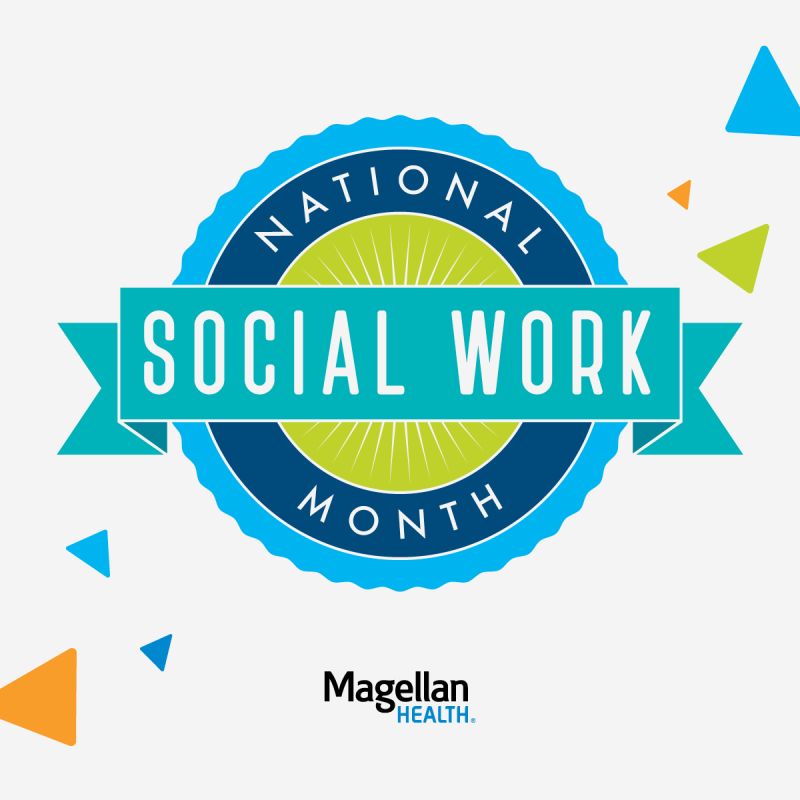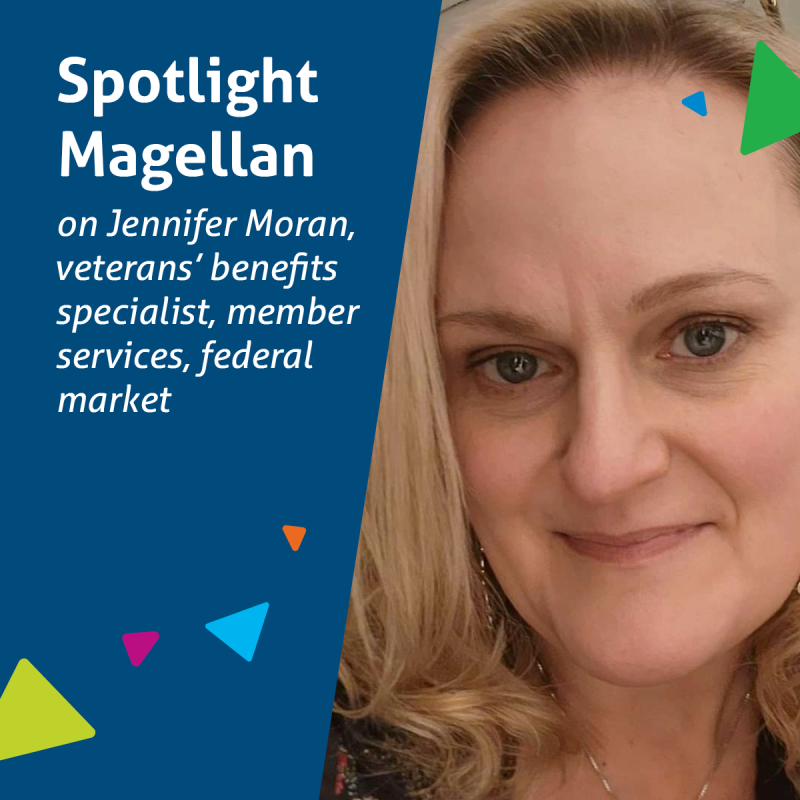Spotlight Magellan: Get to know Michelle Penman!
Spotlight Magellan gives colleagues and those we collaborate with the opportunity to get to know Magellan employees beyond the surface through facilitated interviews that explore their personal interests, experiences, and aspirations. Through intentional engagement, Spotlight Magellan fosters a sense of community and connection, strengthening relationships and creating a more enriching shared experience.
This month, we’re getting to know Michelle Penman, training manager, family advocacy support services, federal market. Michelle has been with Magellan since August 2016.

Continue reading to learn more about Michelle:
Do you have any secret talents/ something you’re very good at that would surprise others?
I love to read and craft. My hidden talent is knitting. I have made items big and small. Currently, I am working on a shawl to wear once the weather gets cooler again.
What are you currently reading?
I am embarking on getting my Master of Arts in Organizational Leadership, so I am mainly reading textbooks. When I have the time, I like to read sci-fi and mysteries. I love a good classic like Dune or Devil in the White City.
What’s your favorite thing to do on the weekends?
My favorite thing to do on the weekend is to hang out with family. As a retired military spouse, I spent years away. We decided to move back closer to our family and it has been the best decision! We love to play games, have bonfires, watch movies and go on adventures together.
What are some goals that you have for yourself, both personal and career, that you hope to achieve over the next five to ten years?
I would like to achieve earning my Master of Arts degree. It’s a lifelong dream of mine. I would also like to continue working in federal contracts. I would love to someday be a program manager for a contract!
What is your self-care routine after the work week/ favorite ways to unwind after work?
I love good food! I like to make tasty and nutritious meals for my family. I enjoy including my three kids in the process of making new recipes so that I can show them that cooking is fun and it’s okay to experiment and deviate from the traditional recipes. I also love growing my own produce! It’s truly a joy to make something of your own from scratch.
 James P. Bruner
James P. Bruner

 Workplace inattention
Workplace inattention